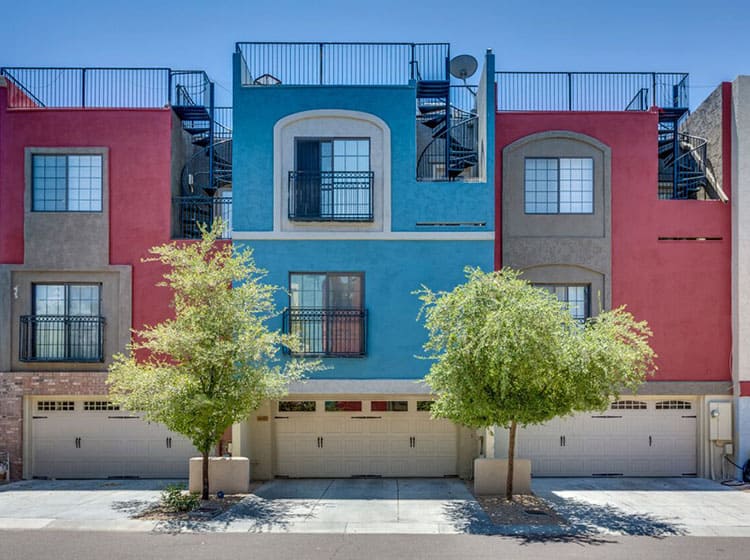Seasonal Factors To Consider For Industrial Outside Painting: What You Need To Know
Seasonal Factors To Consider For Industrial Outside Painting: What You Need To Know
Blog Article
Writer-McLamb Rosendal
When you're planning an industrial external painting project, seasonal variables can make or break your outcomes. popcorn ceiling removal tool rental 'll wish to consider just how temperature and humidity impact paint application and drying out times. Selecting the best season can guarantee your paint sticks correctly and lasts much longer. However which seasons are absolutely the most effective for this kind of work? Let's explore the crucial elements that can affect your project's success.
The Effect of Temperature on Paint Application
When you're intending a business exterior painting job, the temperature level can substantially affect exactly how well the paint adheres and dries out.
Ideally, you want to repaint when temperatures vary between 50 ° F and 85 ° F. If it's as well cool, the paint may not heal correctly, resulting in problems like peeling off or cracking.
On the other side, if it's also hot, the paint can dry out also swiftly, protecting against correct attachment and leading to an unequal coating.
You need to likewise consider the moment of day; early morning or late afternoon offers cooler temperatures, which can be extra favorable.
Always inspect the maker's recommendations for the specific paint you're making use of, as they often give advice on the optimal temperature level array for optimal outcomes.
Moisture and Its Result on Drying Times
Temperature level isn't the only environmental element that influences your commercial exterior paint task; moisture plays a significant duty too. High humidity levels can slow down drying times considerably, affecting the general high quality of your paint task.
When the air is saturated with wetness, the paint takes longer to treat, which can result in problems like inadequate attachment and a greater danger of mold growth. If you're repainting on an especially humid day, be prepared for extensive delay times between coats.
It's crucial to keep an eye on local climate condition and plan appropriately. Preferably, aim for moisture levels between 40% and 70% for optimum drying.
Maintaining these factors in mind ensures your job stays on track and supplies an enduring finish.
Best Seasons for Commercial Exterior Paint Projects
What's the very best season for your business exterior paint jobs?
Spring and early fall are typically your best options. During these periods, temperatures are light, and moisture levels are usually lower, producing perfect conditions for paint application and drying out.
Avoid summer season's intense heat, which can cause paint to dry too quickly, bring about bad attachment and surface. Likewise, winter's cold temperature levels can prevent appropriate drying out and curing, taking the chance of the long life of your paint task.
Go for days with temperatures between 50 ° F and 85 ° F for ideal results. Bear in mind to inspect the local weather forecast for rainfall, as wet problems can destroy your job.
Planning around these elements guarantees your paint project runs efficiently and lasts longer.
Final thought
In conclusion, preparing your business external paint jobs around seasonal factors to consider can make a significant difference in the result. By scheduling job throughout the perfect temperature levels and humidity degrees, you'll ensure better adhesion and drying times. Remember to keep an eye on regional weather prediction and select the right time of year-- spring and early fall are your best bets. Taking https://www.nytimes.com/2022/09/07/arts/design/michelle-obama-portrait-white-house-susan-sprung.html will certainly help you accomplish a sturdy and professional finish that lasts.
